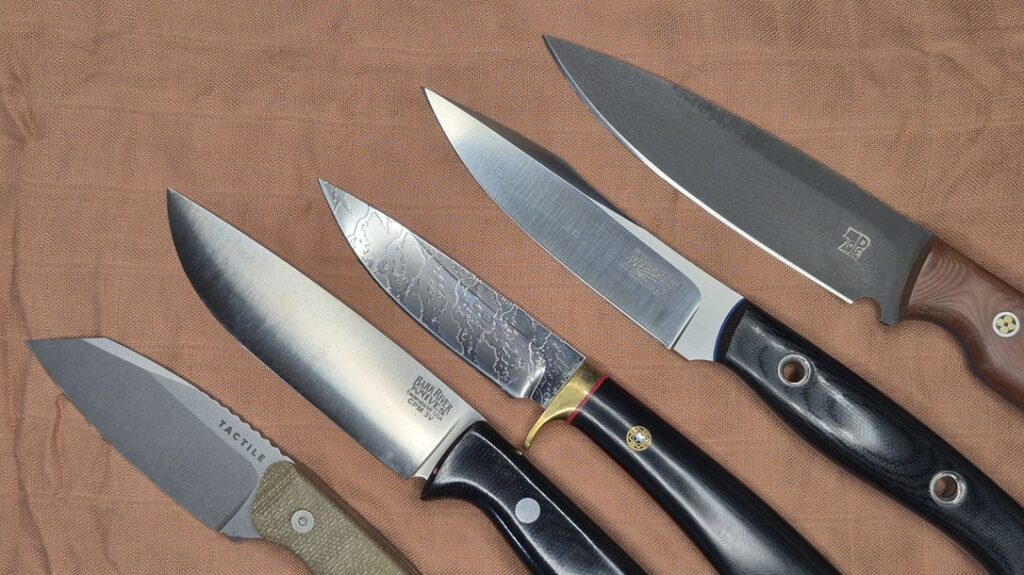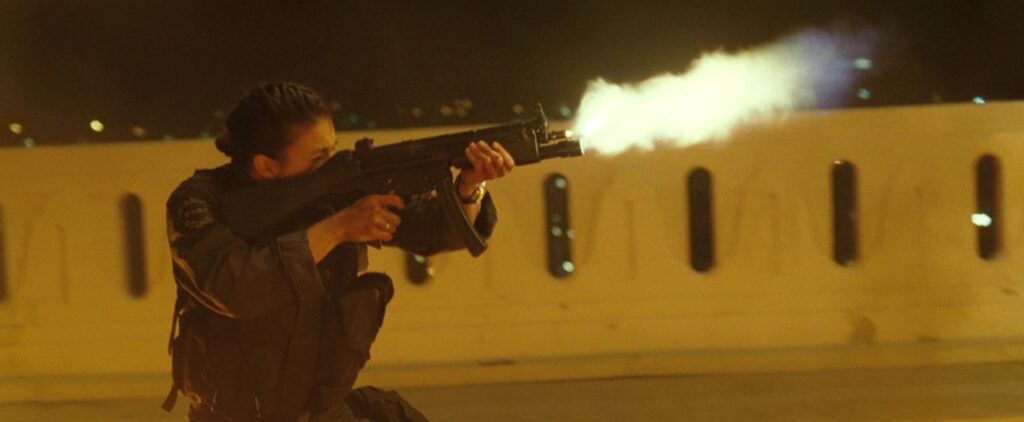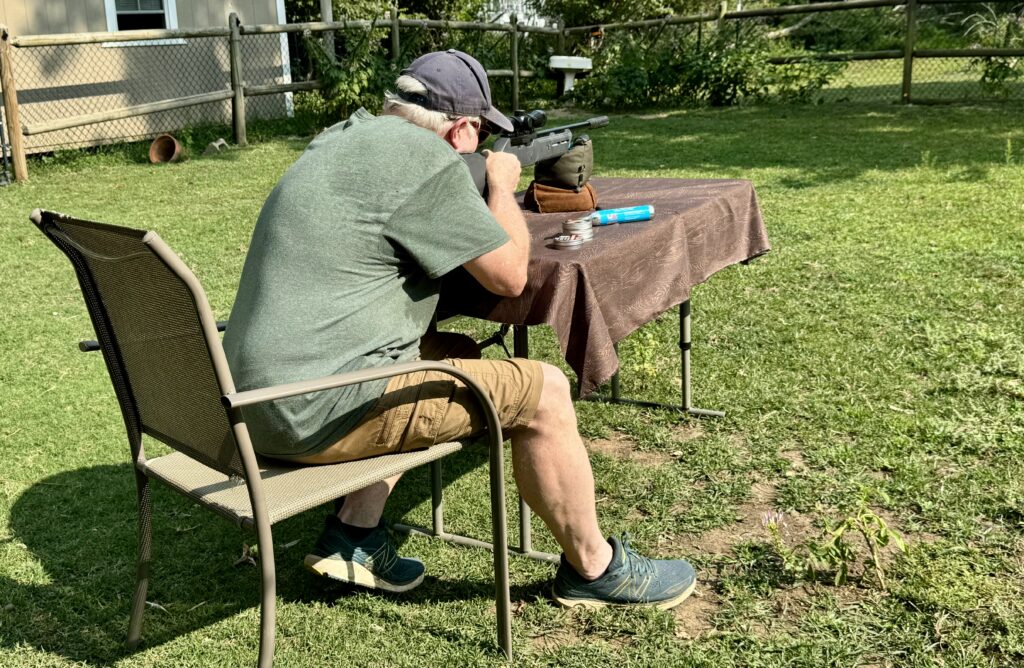Continued From Part 1
Class Highlights: Slinging DOPE With The Garmin
At face value, precision rifle shooting of any stripe is about having good data and being consistent in all aspects of shooting. These aspects include the rifle’s sighting system, and how one interfaces with the rifle and its ammunition. The collective rabbit holes that constitute all of the sub-topics that converge into the broader subject of precision rifle shooting only deepen from there. But everything is predicated on having good data.
At Green Ops Intro To Precision, McGuire went around with his personally owned Garmin Xero C1 chronograph so each student could capture their rifles’ muzzle velocities. The muzzle velocity is one of the biggest pieces of the puzzle needed when plugging in data into any ballistics calculator like the previously mentioned GeoBallistics. (Some of us also had our own Garmins on the line during zeroing time too).
Advertisement — Continue Reading Below
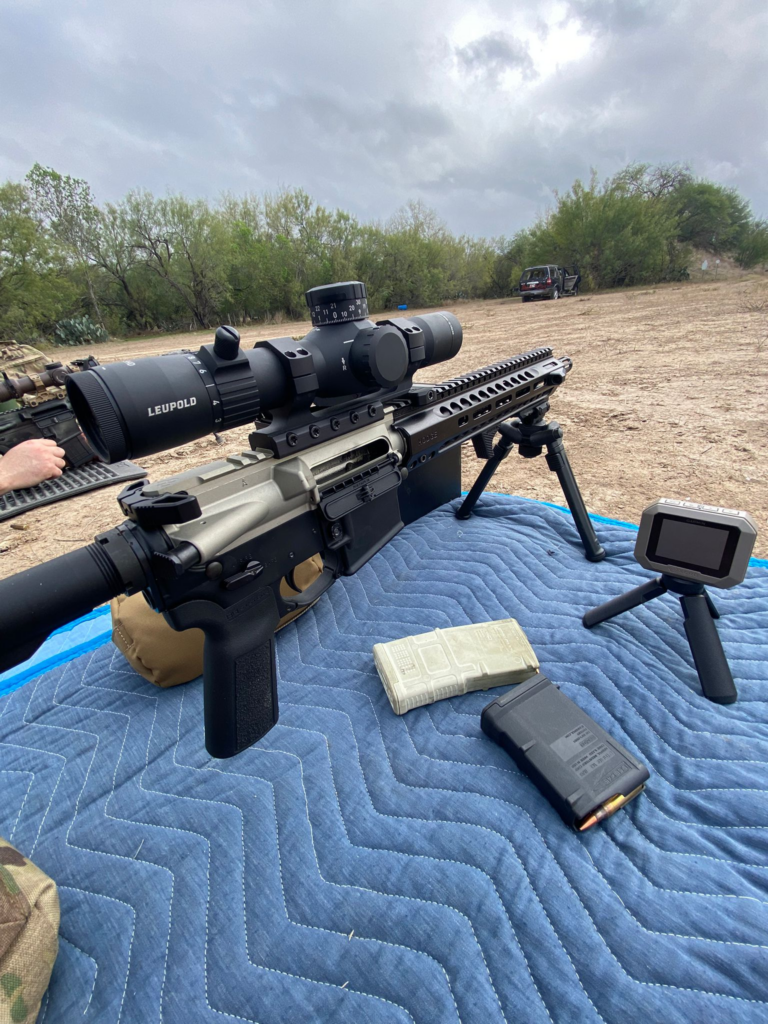
Miracles of Modern Technology
It’s very easy to take the miracles of modern technology for granted. However, I consider this class experience to be a big deal and worthy of a highlight, not unlike having functional modern plumbing.
If I had to pinpoint a shooting product of the year for 2024, it would have to be Garmin’s fairly new Xero C1 chronograph. It was unveiled a year ago, and its ramifications and capabilities make it an objective game-changer. Whether the instructor was passing around his own Garmin chronograph to let students record their muzzle velocity or whether the rest of us were using our own devices in real-time, never has collecting muzzle velocity data been so easy, instantaneous, and hassle-free.
Advertisement — Continue Reading Below
Plugging in a rifle’s muzzle velocity figure is a crucial component of formulating DOPE (data on previous engagements). In the past, one would have to use an unwieldy device or just copy and paste the published muzzle velocity numbers on the box of cartridges (and hope for the best).
Simply put, being able to teach students in an introductory survey course about DOPE formulation without derailing the class is a huge deal and a modern miracle of technology.
If I sound overly excited about this, it’s also because every other range trip involves chronographing whatever firearm I’m working with and this gadget really does make my life easier. But seriously, in the past, collecting good DOPE—good data, in other words—was a real chore. Especially because it entailed a process of collecting information and working backward from previous engagements.
Advertisement — Continue Reading Below
Now, all it takes is to plug and play with a straightforward verification of the data afterward.
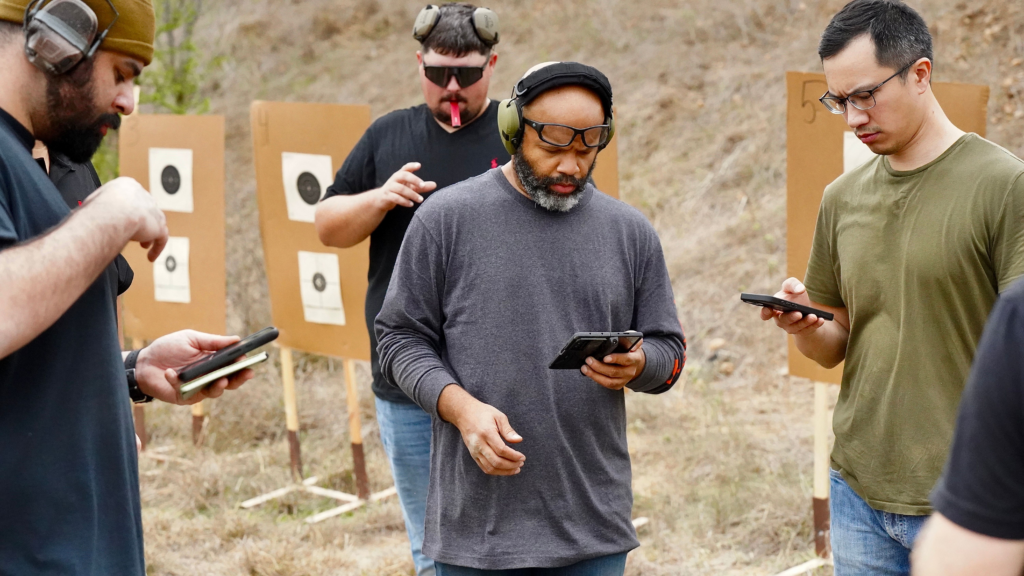
Intro To Precision Carbine: The Gear
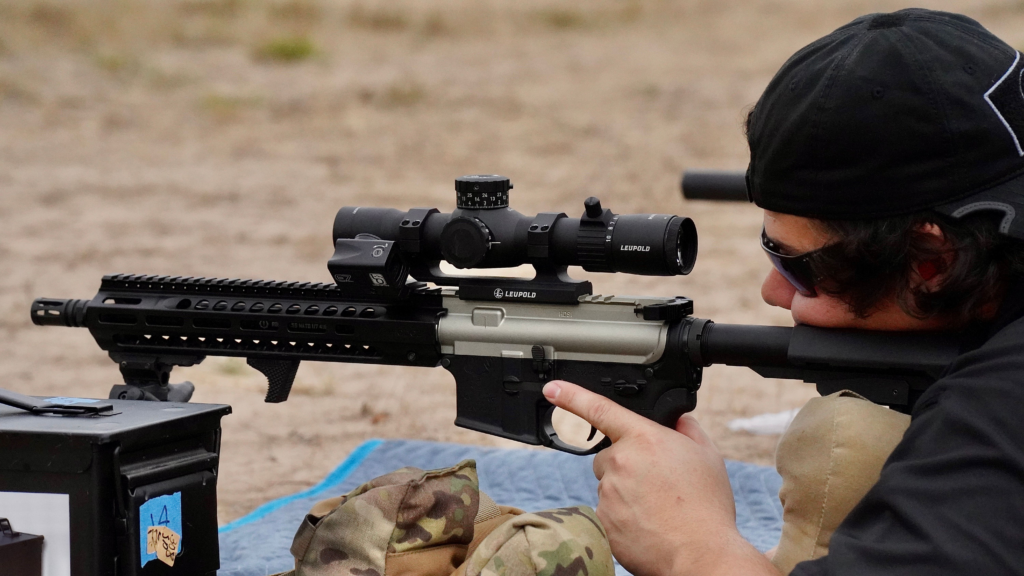
Advertisement — Continue Reading Below
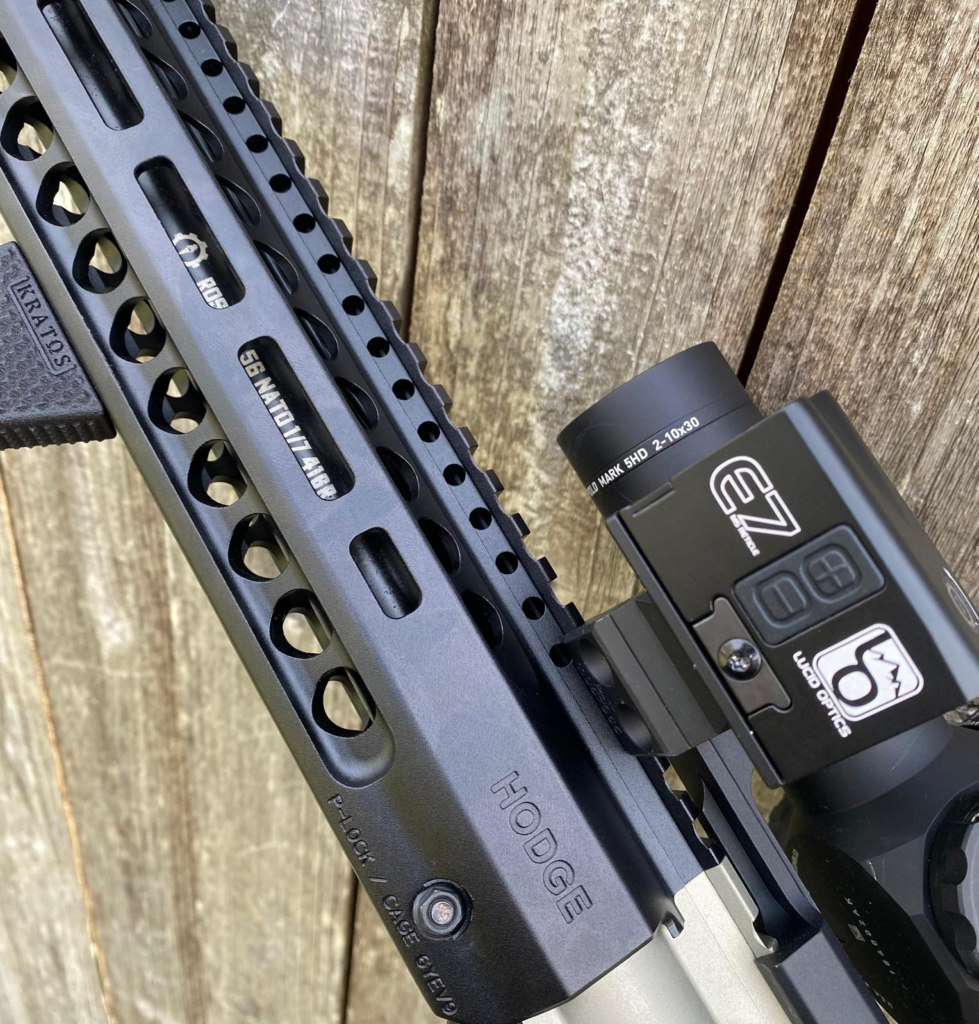
A few months ago, I got together with the crew from Big Tex Ordnance to build The Conroe. I named this AR after Conroe, Texas, the town where Big Tex Ordnance is headquartered. Also because this gun’s most critical parts are composed of Hodge Defense and Kratos Design Group’s components.
The notable exception is the 12.5-inch barrel. While Hodge Defense 12.5-inch barrels have a legendary reputation for durability and reliability, the Conroe instead is a test bed for the K9 Rosco/Sage Dynamics 12.5-inch stainless 416R stainless steel barrel.
Advertisement — Continue Reading Below
Not only does this nitrided barrel have an optimized gas port, it uses the novel patrol-length gas tube, and its tapering profile keeps more material around the chamber area for better balance and heat distribution.
With its characteristics and its price, we think this Rosco K9 barrel is a “performance sleeper,” and I’m planning on doing a more detailed review on The Conroe in the future.
Running the Conroe
The Green Ops Intro To Precision Carbine was this firearm’s official debut and first public outing. For this class specifically, I topped it with the trusty Leupold Mark5 HD 2-10×30 and installed an offset Lucid Optics enclosed-emitter E7 on an angled Arisaka mount.
Advertisement — Continue Reading Below
The combination of the Rosco’s profile, gas port design, and novel gas system, along with the beefy Hodge Defense P-Lock M-LOK rail and an H2 buffer, made for a very smooth and properly running AR. At the time of this writing, The Conroe has approximately 250-275 rounds all in, so it has barely broken in. Regardless, it has cycled smoothly with both .223 Remington and 5.56 mm NATO pressure cartridges since its hammer detonated the primer on its first cartridge.
To boost its capabilities, the lower houses a Geissele SSA-E trigger that I’ve had forever. It’s certainly suitable on a precision-oriented AR, after all. In its current configuration, this rifle skews towards the heavier side, but I find that its current recoil impulse works well for making precise shots.
Looking Ahead
Currently, The Conroe is a large-format AR pistol that will eventually be turned into a double-stamper as an SBR and suppressor host. In the meantime, it’s using an SBA3 pistol brace.
Advertisement — Continue Reading Below
While the accuracy with 77 grain OTM type match ammo is good enough, I find that the brace happens to be this setup’s biggest liability in accuracy as the bottom portion of the SBA3 isn’t as stable as a real AR stock that’s in contact with a rear bag. I have plenty of experience shooting 16-inch carbines with actual stocks off the prone with accurate 77-grain ammo. And it’s just not the fairly open groups, but I could also recognize the instability while looking through the scope.
With a little more practice I ought to be able to meet the 2 MOA or better precision carbine threshold. Even in its current and less-than-ideal configuration, the Conroe was still accurate enough.
Intro To Precision Carbine: Gallery
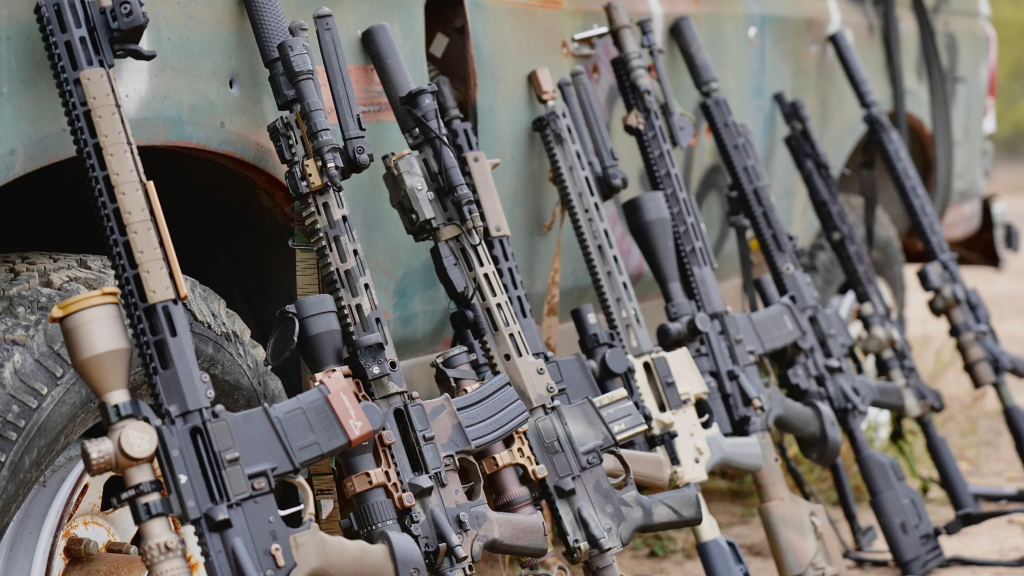
Advertisement — Continue Reading Below
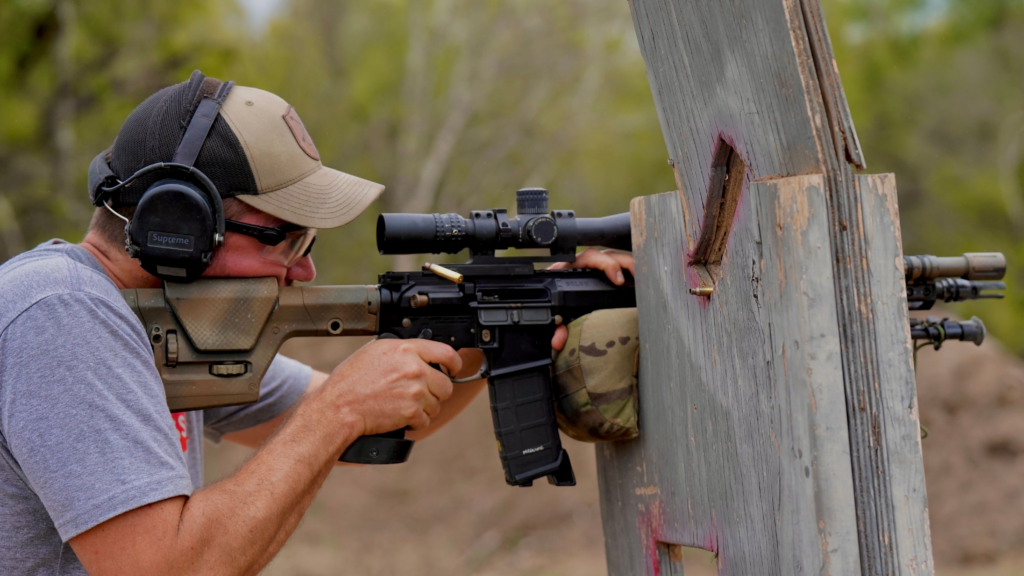
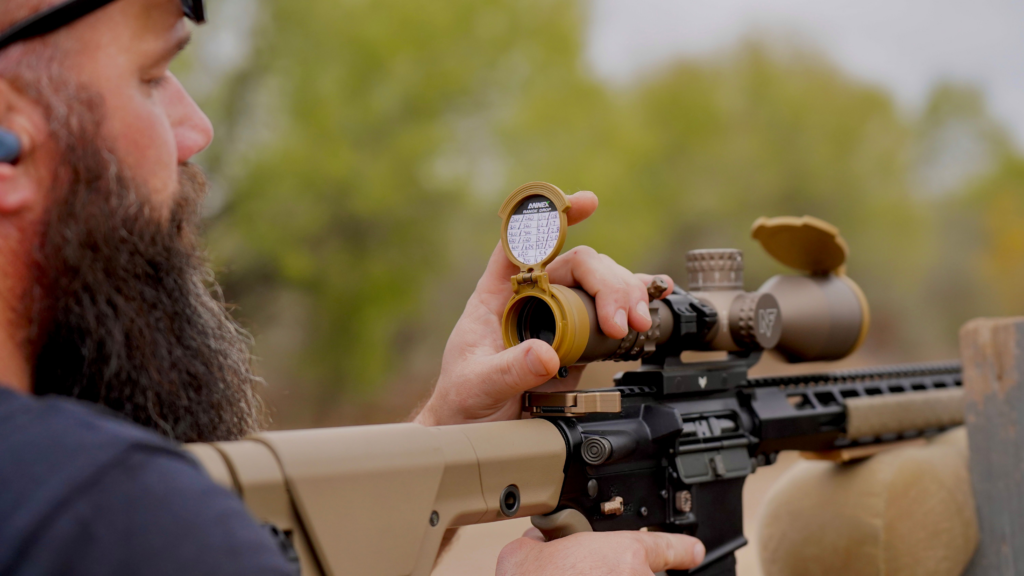
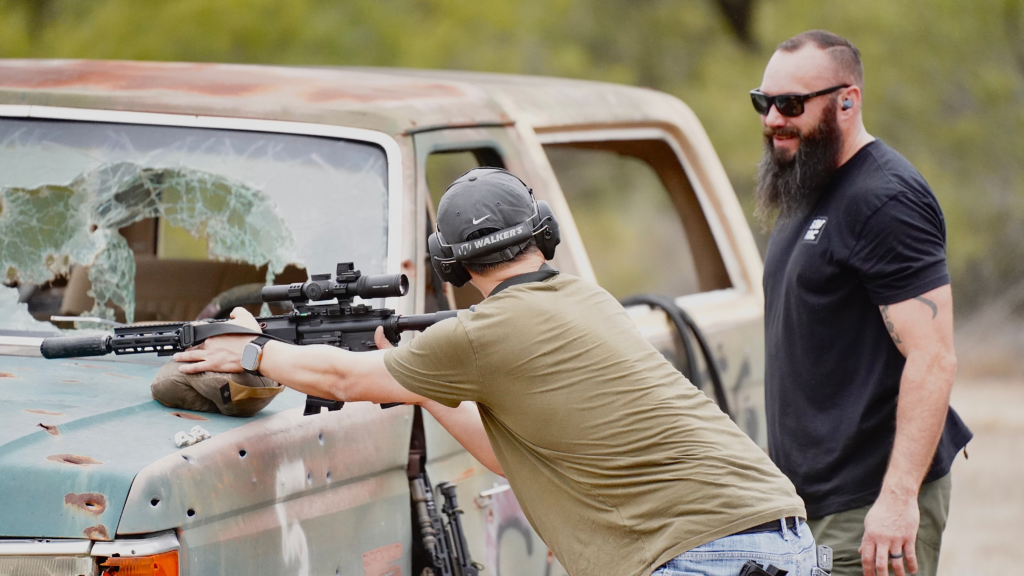
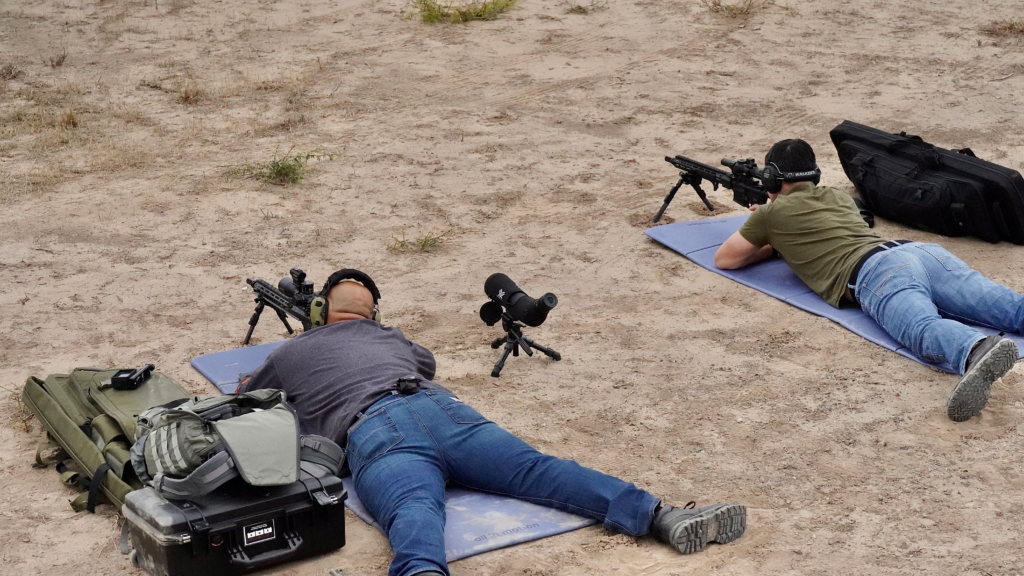
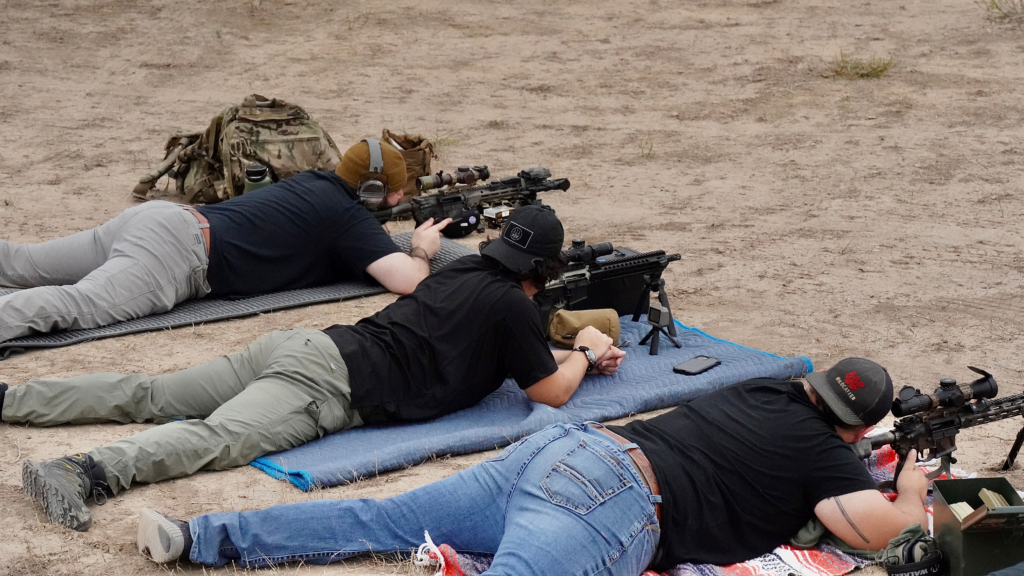
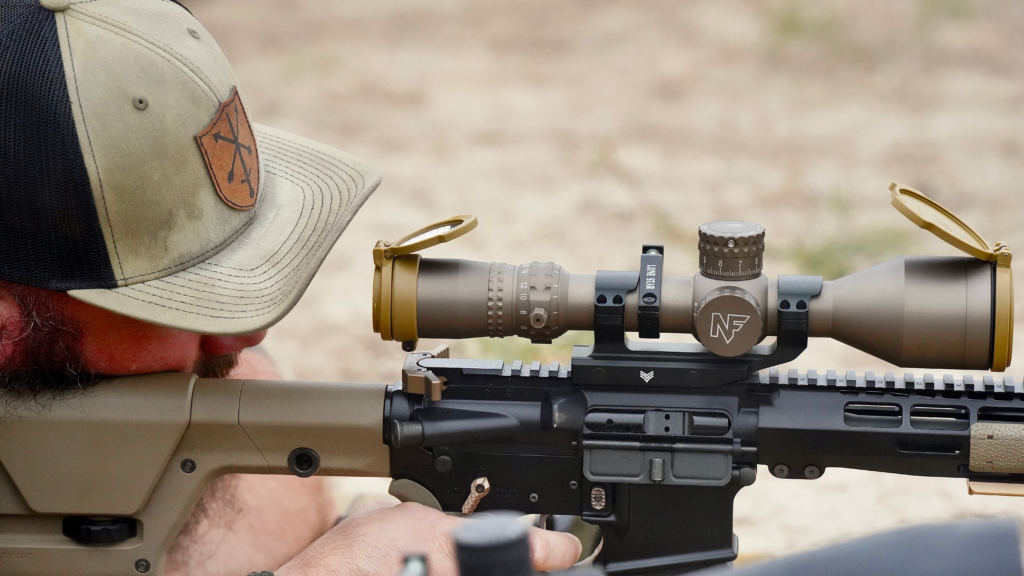
The Takeaway
For prospective students: the course syllabus officially recommends bringing match-grade rifle ammo for the course—300 rounds. This is a very conservative estimate, and it wouldn’t hurt to bring it if you have it. Unfortunately, match-grade ammo is expensive. So, I also recommend bringing general-purpose 55-grain range rounds to have on hand for certain exercises, such as the carbine version of the trigger control at speed from the prone we worked on.
A rear bag and a bipod are must-haves, and neither have to be extremely expensive. I used my old Magpul bipod and a Picatinny M-LOK insert and got through the course just fine.
Because rifles are rifles and carbines are carbines, there’s some overlap between the fundamentals of rifle shooting that students might see at a more general-purpose carbine class, like Green Ops’ excellent LPVO course, and some of the topics discussed in Intro To Precision Carbine.
However, this course continues to scratch the surface of shooting precision ARs. I noticed we didn’t burn up too much ammo. All in, I fired nearly 150 rounds, including 25 or so match grade 77-grain OTM cartridges during the zero and chronographing process.
Parting Shots
In Part 1, I mentioned that prospective students don’t have to be advanced AR shooters to take advantage of this class, only that they handle firearms safely. I do suggest that prospective students ensure that their optics are properly mounted prior to the class. Pre-class zeroes don’t need to be perfect but they should be close enough to fine-tune during the data gathering portion of class.
While LPVOs are welcome in Into To Precision Rifle, I’m of the opinion that one is better served to bring a normal riflescope with parallax adjustment and turrets to class. For this type of application, scopes ranging from 2x or 3x on the low-end up to 18x on the high end are suitable.
By Saturday evening, I drove away from The Ranch with a better understanding of the mindfulness of building an efficient shooting position while in the prone position, along with some pistol-grip tweaks to better control the trigger during recoil. It would be interesting to see if Green Ops develops another course that builds off of this one.

